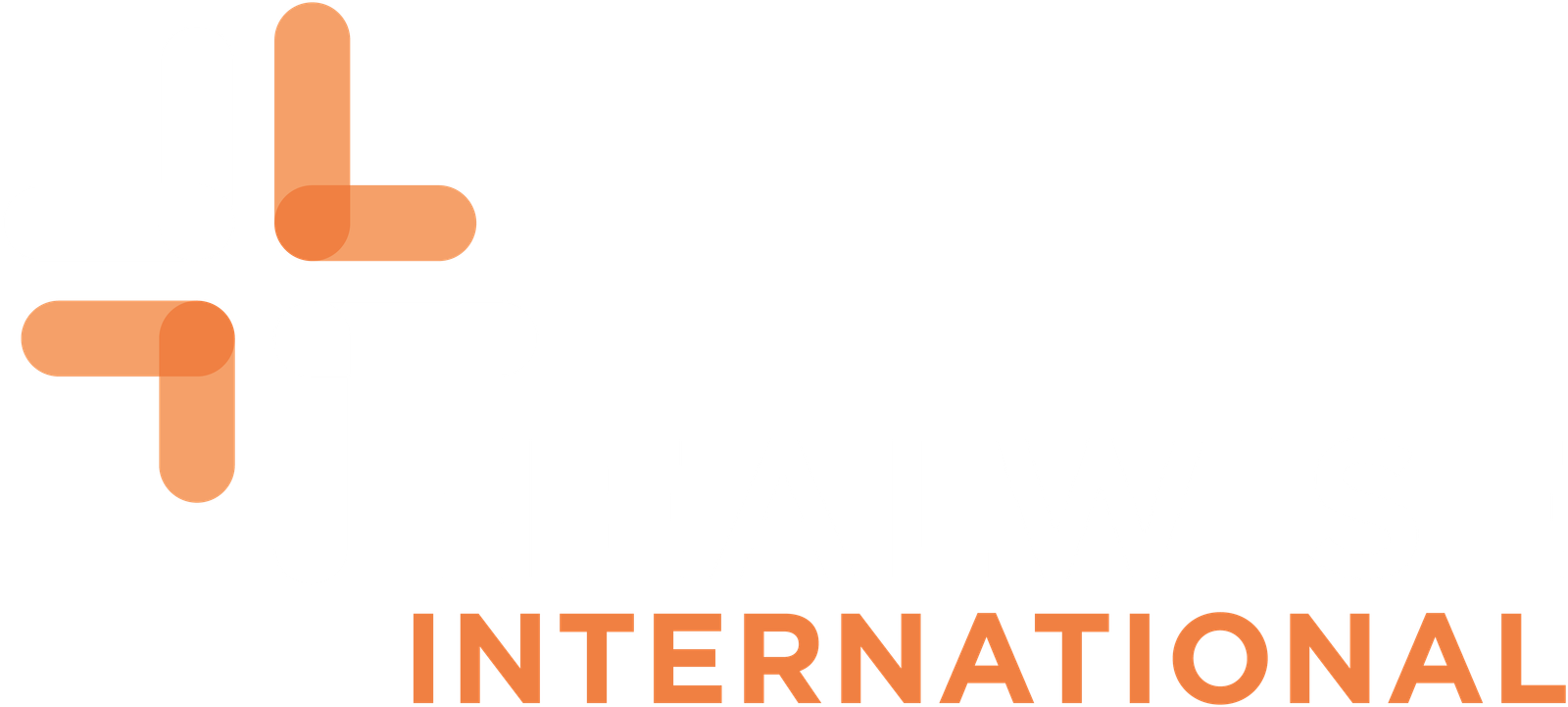Brain tumor surgery is one of the most complex and costly medical procedures in modern healthcare. Its true cost goes far beyond the surgeon’s fee – encompassing operating theater charges, hospital bed days (often including intensive care), anesthesia, diagnostic imaging (like MRIs), medications, and post-surgical rehabilitation or follow-up. These costs can vary drastically by region, especially between public and private healthcare systems. In this article, we compare the full cost of brain tumor surgery in private healthcare across five regions – North America, Central & Eastern Europe (CEE), Western Europe, the Middle East, and Southeast Asia – with standardized estimates in USD/EUR. We’ll consider patient out-of-pocket expenses, insurance coverage, and total charges, and note where public healthcare intersects with private costs. The goal is to highlight global disparities, affordability challenges, and patterns in pricing for this life-saving procedure.
North America: Sky-High Costs and Insurance Gaps
North America presents a tale of two systems – the predominantly private, insurance-based model of the United States versus the public healthcare of Canada. In the United States, brain tumor surgery is famously expensive. For an uninsured patient, hospitals typically charge on the order of $50,000 to $150,000 (or more) for the surgical removal of a brain tumor. This range usually covers the surgery itself, hospital stay, and basic post-op care. For example, one U.S. medical center charges about $72,500 (after an uninsured discount) for a standard brain surgery including hospital and doctor fees. Complex cases with complications can run well into six figures – Baptist Memorial in Memphis noted total charges over $110,000 (excluding physician fees) when complications arise. If a tumor is malignant and the treatment involves surgery plus chemo/radiation, the total care costs can skyrocket to $700,000 before insurance, reflecting the addition of lengthy oncology treatments on top of surgery.
For patients with health insurance in the U.S., the good news is that brain tumor surgery is generally covered. However, the out-of-pocket costs can still be significant. Insured patients typically owe a copayment and coinsurance of 10–50% until they hit their plan’s out-of-pocket maximum. In practice, a patient often ends up paying thousands of dollars out-of-pocket – often reaching the yearly maximum (commonly $5k–$10k+), while the insurer pays the rest. The total private sector charge (what the hospital bills) remains the same – easily in the tens of thousands. A 2014 study of U.S. malignant glioma patients found that average total medical costs in the 6 months after surgery were about $106,900 (including surgery, hospital care, and adjunct therapies). This illustrates how the overall financial burden per patient (borne by insurer + patient combined) is extremely high in the U.S. system.
North of the border, in Canada, the story is different. Public healthcare covers medically necessary brain tumor surgeries under the provincial health plans, meaning Canadian patients pay little or nothing out-of-pocket at public hospitals. The cost exists, but it is absorbed by the public system (funded via taxes). For context, the direct medical cost to the system for a brain tumor patient in Canada (or similar universal healthcare systems) may still be tens of thousands of dollars. For example, in the UK (another publicly funded system), the average in-patient cost for a brain tumor patient is around £13,200 (about $16,000) and can reach £180,000 for a complex malignant case in a year – costs of a similar magnitude would be borne by Canada’s system. However, private options in North America are mostly relevant in the U.S. (or for Canadians who seek care in U.S. private centers). Thus, North America exemplifies a stark public-private contrast: American patients face some of the world’s highest surgical price tags, mitigated only by insurance coverage (if available), whereas Canadians rely on public coverage, avoiding direct bills but paying through taxation.
Central & Eastern Europe (CEE): Lower Costs with Public Safety Nets
In Central and Eastern Europe, the cost of brain tumor surgery in private settings is generally much lower than in Western Europe or North America, although it varies by country. Many CEE countries have public healthcare systems that cover such surgeries for citizens in state hospitals, but private hospitals and medical tourism clinics also offer services at out-of-pocket prices. Typical private surgery costs in CEE range roughly from $10,000 up to $25,000 – a fraction of U.S. prices. For example, in the Czech Republic, a complex brain tumor surgery usually costs between €20,000 and €25,000 (≈$22k–$28k) in a private clinic. This is around half or even a third of what the same procedure might cost in the US or Western Europe. Similarly, in Poland, some clinics quote prices as low as $4,000 for a simple glioma resection, with more difficult tumor surgeries (e.g. glioblastoma removal) around $15,000. These lower prices reflect generally lower hospital charges and labor costs in CEE countries.
Most CEE patients do not pay the full cost out-of-pocket if treated in public hospitals – mandatory health insurance or national health systems often cover the procedure. Out-of-pocket expenses might be limited to small co-pays or supplementary fees. However, if a patient opts for a private facility or a faster treatment route (to avoid wait times in the public system), they might incur these costs themselves or via private insurance. In nations like Poland, Hungary, or Romania, private health insurance uptake is growing but still limited; many private surgeries are paid out-of-pocket or via cross-border medical travel programs. It’s worth noting that some patients from CEE regions travel to neighboring countries like Germany or Turkey for treatment – either seeking advanced care or lower prices. In fact, Turkey (geographically bridging Europe and Asia) has become a popular destination offering brain tumor surgery from around $10,000, drawing patients from Eastern Europe and the Middle East. Overall, brain tumor surgery is far more “affordable” in CEE’s private sector than in Western Europe or North America, but even $10k–$25k is a huge sum relative to local incomes, raising affordability issues for many local patients without state assistance.
Western Europe: High-Quality Care at Moderate to High Prices
Western Europe is known for high-quality neurosurgical care, often delivered in publicly funded hospitals. When considering private healthcare costs (or the notional costs in public systems), Western Europe’s prices for brain tumor surgery are high, though still generally below U.S. levels. In countries like Germany, which has a mix of public and private provision, the average cost of brain tumor surgery in a private clinic is around $26,000 (with typical ranges from ~$20k to $33k depending on complexity). Other Western European countries show similar price levels for private treatment packages. For instance, private brain surgery in the UK is often cited in the range of $40,000 to $70,000 for self-pay patients. Likewise, costs in France or Italy in private settings can fall in the tens of thousands (in Euros). At the extreme high end, Switzerland’s private hospitals – famous for medical tourism – may charge anywhere from $30,000 up to $100,000 for complicated brain tumor surgeries, making it one of the most expensive places in the world for neurosurgery.
However, a crucial context in Western Europe is that most patients are covered by robust health insurance or national health services. Out-of-pocket costs for citizens are minimal if they use the public system or statutory insurance: a German or French patient’s main expense might be a few hundred Euro copay or none at all, since their insurance (public or private) pays the surgical bill. Even in countries like the UK or Spain with national health services, a brain tumor operation in a public hospital has no direct charge to the patient. Thus, the “true cost” is mostly borne by the health system or insurers. For example, the UK’s National Health Service estimates that a high-grade brain tumor patient’s direct medical care can cost about £180,000 (~$225,000) in a year (including surgery, oncology, etc.), yet this is covered by taxation and risk-pooling.
In the private sector of Western Europe, patients usually either have supplemental private insurance (common in countries like Germany or the Netherlands) that covers elective private hospital care, or they pay out-of-pocket if they choose private treatment. International patients coming to Western Europe for advanced brain surgery also pay these full fees. Affordability is generally less of an issue for domestic patients because of the public safety net – but for an uninsured foreigner or someone paying privately, a $30k–$50k bill is expected. Western Europe showcases relatively moderate surgical prices for the quality (about half of U.S. charges), combined with strong public financing that shields most citizens from catastrophic medical bills.
Middle East: A Bifurcation of Premium Services and Outbound Travel
The Middle East region exhibits a wide range of costs for brain tumor surgery in private healthcare, reflecting diverse healthcare systems. In wealthier Gulf states like the United Arab Emirates (UAE) or Saudi Arabia, top private hospitals charge prices comparable to Western centers. In the UAE, for example, brain tumor surgery typically ranges between $30,000 and $65,000 in private facilities. Private hospitals in Israel (often regarded as providing world-class neurosurgery in the region) have costs starting around $30,000 for a brain tumor operation. These higher-end costs include state-of-the-art surgical techniques, and hospitals often bundle the surgeon, hospital stay, and ancillary services into package prices. In contrast, some Middle Eastern countries offer more affordable options. Turkey, a major medical hub straddling Europe and the Middle East, offers brain tumor removal surgery for as low as $10,000–$15,000 at accredited hospitals. Turkey’s average cost (~$15k) is significantly lower than the Gulf or Western providers, making it a popular choice for patients from surrounding regions looking to save on costs without sacrificing quality. Other countries like Jordan or Egypt may also have lower-cost private neurosurgery, though they are less prominent in international patient flow.
A unique aspect of the Middle East is the intersection of public funding with private care. In several Gulf states, citizens have access to government-paid healthcare, even for complex surgeries (often delivered at public-specialist hospitals or with government footing the bill at private centers). For instance, wealthy countries like Saudi Arabia or Kuwait may send patients abroad and cover the cost if the treatment isn’t available locally – effectively the public sector paying Western-level prices on the patient’s behalf. For those not covered (expatriate workers or citizens of countries with less robust public healthcare), the out-of-pocket burden is heavy. Many patients in the Middle East without government coverage will travel overseas – to Europe, North America, or increasingly to low-cost destinations like India and Southeast Asia – in search of more affordable surgery. This medical tourism flow is driven by the disparity: a neurosurgery that costs $60,000 in a Dubai private hospital might be done for a third of that price in India or Turkey. Within the region, affordability and access remain issues, especially in lower-income Middle Eastern countries where even $10k for surgery is out of reach. Charitable foundations and government aid play a role in such cases. In summary, the Middle East’s private healthcare cost structure ranges from premium-priced, high-tech care in the Gulf (tens of thousands of USD) to mid-priced excellent care in places like Turkey (low tens of thousands) – with patients navigating public subsidies or international options to manage these costs.
Southeast Asia: Competitive Prices and Medical Tourism Hub
Southeast Asia stands out as a region of comparatively low costs for brain tumor surgery, which has made it a global medical tourism hotspot. Private hospitals in countries like Thailand, Malaysia, and Indonesia offer brain tumor removal at a fraction of Western prices, while Singapore represents the high end of the regional price spectrum. In Thailand, for example, leading private hospitals (many JCI-accredited and catering to international patients) quote package prices roughly between $5,000 and $30,000 for a standard brain tumor surgery including around a week of hospital stay. Malaysia shows a similar range – the average cost is about RM50,000 to RM150,000 depending on complexity, which is approximately $11,000 to $33,000 USD. Even complex cases in these countries rarely exceed $40k in surgical costs. These fees usually encompass the neurosurgeon’s fee, hospital bed (often 5-7 days), operating room charges, anesthesia, basic medications, and sometimes a follow-up visit, making them extremely competitive on price.
On the higher end within Southeast Asia is Singapore, a country with world-class medical facilities but a higher cost of living. Brain tumor treatment in Singapore averages about $42,500 for the surgical course, which, while cheaper than the U.S., approaches Western European costs. Singapore’s private healthcare is often used by international patients who still find it cheaper than the U.S. for top-notch quality, or by regional patients who want the very best care closer to home. By contrast, countries like Vietnam or the Philippines have lower private prices (often well under $10k), but many patients in those countries prefer traveling to Thailand/Malaysia or Singapore for better-equipped centers.
In terms of patient perspective and payment, Southeast Asian countries have varied insurance landscapes. Some, like Malaysia and Thailand, have dual systems (a public sector that can do such surgeries at low cost for citizens, and a thriving private sector for those who can pay or foreigners). Many patients from Western countries or the Middle East pay cash or use international insurance to access private care in Southeast Asia, attracted by the 60–80% savings. For local patients, the cost can still be burdensome – $10,000 is a huge sum for a middle-class family in many SEA countries – but there are often government hospitals as an alternative. The disparity in pricing here highlights a global pattern: high-quality surgical care is available at far lower cost in Southeast Asia, raising questions about why procedures cost so much more elsewhere. It also underscores the issue of affordability within local contexts – while foreigners see the prices as cheap, for uninsured locals these can be catastrophic costs, unless public hospitals or philanthropic assistance step in.
Comparative Cost Overview
To summarize the regional differences, the table below provides a comparative overview of average cost ranges for a brain tumor surgery (craniotomy for tumor removal) in private healthcare, by region. These estimates include the complete medical package (surgeon, hospital stay, basic medications, etc.) and are given in USD for easy comparison:
| Region | Typical Private Cost Range (USD) |
|---|---|
| North America (U.S.) | $50,000 – $150,000+ for surgery alone (total treatment up to $700k in complex malignant cases). Insurance often covers most; patient out-of-pocket typically capped at $5k–$10k if insured. Uninsured patients face full charges. |
| Central & Eastern Europe | $10,000 – $25,000 typical range. Some quotes as low as ~$5,000 in lower-cost countries for simple cases. Many surgeries covered by public insurance; private pay is a fraction of Western prices but can be high relative to incomes. |
| Western Europe | $25,000 – $60,000 in many countries (e.g., ~$26k average in Germany). High-end up to ~$100,000 in Switzerland. Citizens usually have universal coverage or private insurance, so out-of-pocket is minimal; foreign/private patients pay full price. |
| Middle East | $15,000 – $60,000 depending on country. Gulf states around $30k–$60k; Israel ~$30k+; Turkey ~$15k (as low as $10k). Wealthy nations often subsidize care, while others travel abroad to lower-cost regions due to affordability. |
| Southeast Asia | $5,000 – $30,000 in most cases. Malaysia/Thailand ~$10k–$25k on average; Singapore higher around $40k. Lowest global prices found here, driving medical tourism; local public hospitals offer even cheaper care for citizens, though private costs can still strain local patients. |
Conclusion
The true cost of brain tumor surgery varies enormously around the world, revealing striking disparities. In North America – especially the U.S. – privatized healthcare leads to sky-high sticker prices, often moderated by insurance but still posing serious financial risk to the uninsured or under-insured. Western Europe shows that even though absolute costs remain high, strong public and insurance systems shield individuals from bankruptcy, reflecting a policy choice to socialize these life-saving costs. Central and Eastern Europe and Southeast Asia demonstrate that high-quality care can be delivered at much lower prices, though local economic contexts mean even those lower prices can be a barrier for many residents. The Middle East encapsulates both extremes: world-class private care at Western-level prices on one hand, and a reliance on seeking affordable care abroad on the other.
These cost differences raise important issues of affordability and access. A brain tumor diagnosis is daunting enough on health terms; its treatment costs can be financially ruinous in some places. Patients around the globe adopt different strategies in response – Americans turn to fundraising or medical credit plans, Europeans lean on public coverage, Middle Eastern patients might petition state funds or fly to another country, and many Southeast Asians rely on government hospitals or family support. Disparities are also evident in who can access cutting-edge treatments: a $100,000 proton-beam therapy addition may be routine in a rich nation but unimaginable in a poorer one.
In highlighting these regional cost comparisons, one pattern emerges clearly: the affordability of care is not solely about the price tag, but who pays that price. Where strong insurance or public health systems exist, patients are insulated from the full brunt of the cost. Where they don’t, even a “low” cost by global standards can be out of reach. As medical technology advances and new therapies (often expensive) emerge for brain tumors, the gulf in outcomes could widen if cost barriers aren’t addressed. Ultimately, understanding the true cost of brain tumor surgery across regions underscores the need for policy solutions and support systems to ensure that patients everywhere can access life-saving neurosurgery without incurring a financial catastrophe. The numbers may differ by region, but the value of a healthy life – and the hardship of unaffordable care – is universal.
Want World-Class Brain Surgery Without Paying U.S. Prices?

If you or your loved one has been diagnosed with a brain tumor and you’re concerned about the cost of treatment, know this:
You don’t have to compromise on surgical precision, safety, or expertise to access care you can afford.
At our international neurosurgery coordination center, led by Prof. Dr. Loránd Erőss, one of Europe’s top neurosurgical experts, we help patients access:
- Advanced brain tumor surgery with microsurgical and minimally invasive techniques
- Treatment in one of Europe’s leading neurosurgical centers
- Transparent, affordable pricing
- Fast-track scheduling and multilingual support
Get a second opinion from our expert team
Upload your medical documentation and imaging (MRI, CT scans) for a no-obligation review:
❓Need help uploading or have questions?
💬 Message us directly on WhatsApp for assistance:
We’ll respond within 24 hours with your treatment options and a preliminary evaluation.






